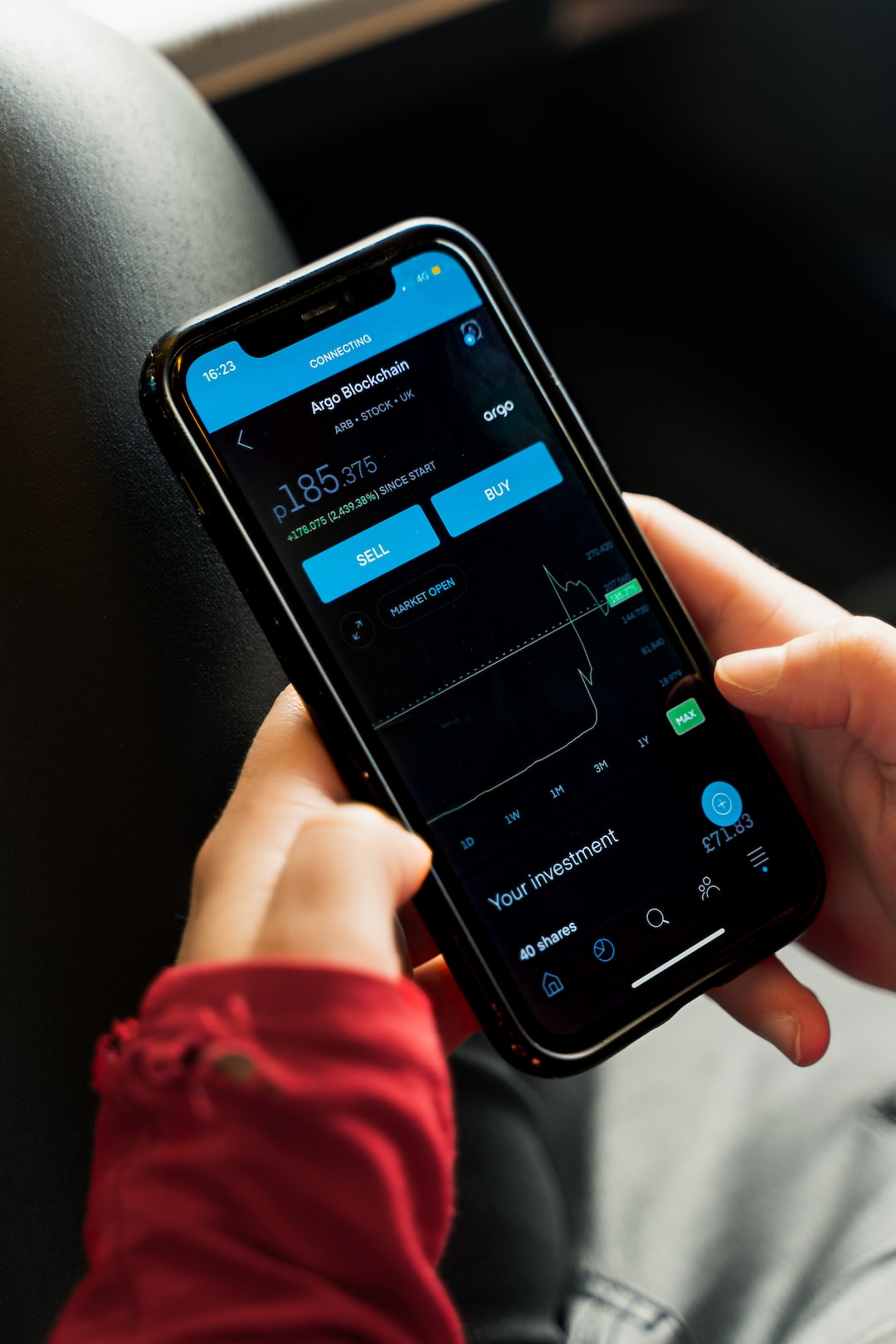When it comes to trading forex, one of the most important decisions that traders have to make is choosing the appropriate timescale chart to enter the market on. The timescale chart is a graphical representation of price movements over a specific period of time, and it is a crucial tool in analyzing market trends and making informed trading decisions. In this article, we will explore the different timescale charts that traders can use to enter the forex market and the pros and cons of each.
1. Long-term charts (Weekly and monthly charts)
Long-term charts are the most extended timescale charts in forex trading. These charts are designed to show the price movements of a currency pair over several months or even years. Long-term charts are ideal for traders who prefer to hold their positions for extended periods, and they provide a broader perspective on market trends. Long-term charts are also useful in identifying key support and resistance levels, which can help traders make better trading decisions.
Pros:
• Long-term charts provide a broader perspective on market trends.
• They help traders identify key support and resistance levels.
• They are ideal for traders who prefer to hold their positions for extended periods.
Cons:
• Long-term charts require patience and discipline as traders have to wait for long periods to see significant price movements.
• They can be challenging to analyze as they cover extended periods of time, making it difficult to identify short-term trends.
2. Medium-term charts (Daily and 4-hour charts)
Medium-term charts are the most commonly used timescale charts in forex trading. These charts show the price movements of a currency pair over several days or weeks. Medium-term charts are ideal for traders who prefer to hold their positions for a few days to a few weeks. These charts are also useful in identifying short-term trends and trading opportunities.
Pros:
• Medium-term charts are the most commonly used timescale charts in forex trading.
• They are ideal for traders who prefer to hold their positions for a few days to a few weeks.
• They help traders identify short-term trends and trading opportunities.
Cons:
• Medium-term charts can be affected by market noise, making it difficult to identify clear trends.
• They require traders to monitor their positions regularly as price movements can be significant in a short period.
3. Short-term charts (1-hour and 15-minute charts)
Short-term charts are the smallest timescale charts in forex trading. These charts show the price movements of a currency pair over a few hours or even minutes. Short-term charts are ideal for traders who prefer to scalp the market, taking advantage of short-term price movements. These charts are also useful in identifying intraday trading opportunities.
Pros:
• Short-term charts are ideal for traders who prefer to scalp the market.
• They are useful in identifying intraday trading opportunities.
• They provide traders with quick trading opportunities, allowing them to make profits in a short period.
Cons:
• Short-term charts are susceptible to market noise, making it difficult to identify clear trends.
• They require traders to monitor their positions regularly as price movements can be significant in a short period.
Conclusion
Choosing the appropriate timescale chart to enter the forex market is a critical decision that traders have to make. Long-term charts are ideal for traders who prefer to hold their positions for extended periods, while medium-term charts are the most commonly used timescale charts in forex trading. Short-term charts are ideal for traders who prefer to scalp the market, taking advantage of short-term price movements. Ultimately, the choice of timescale chart depends on a trader’s trading style, risk appetite, and market analysis skills. It is essential to choose a timescale chart that suits your trading style and helps you achieve your trading goals.






